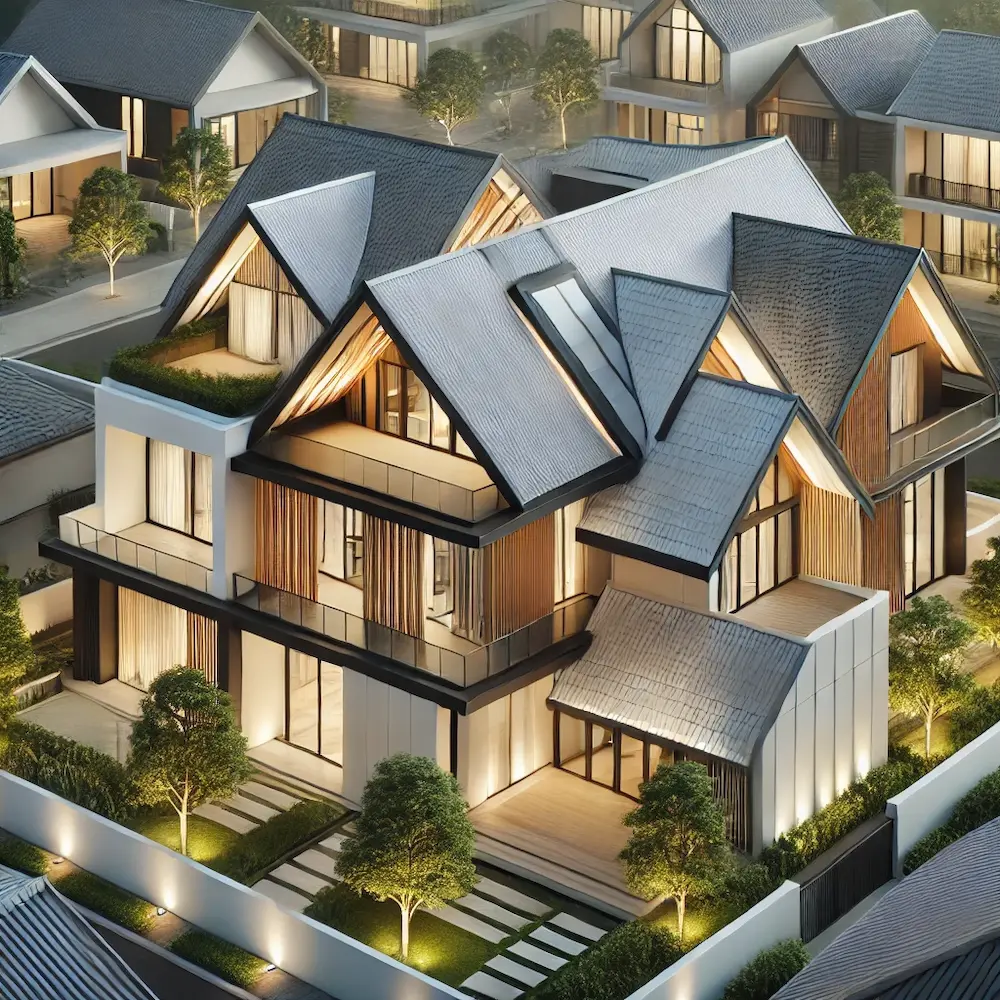A combination roof integrates two or more distinct roofing styles into a single structure, merging the advantages and aesthetics of each to create a unique architectural design. This approach allows for enhanced functionality and visual appeal, accommodating diverse architectural preferences and practical requirements.
History and Origins of Combination Roofs
The concept of combining different roof styles has evolved over centuries, influenced by regional architectural traditions, climate considerations, and advancements in construction techniques. Historically, architects and builders have blended various roofing designs to address specific functional needs, such as improved drainage, increased interior space, or enhanced structural stability. This practice has led to the development of numerous hybrid roof forms, each tailored to the unique demands of its environment and era.
Key Features of Combination Roofs
- Architectural Versatility: By merging multiple roof styles, combination roofs offer a versatile design that can complement various architectural aesthetics.
- Enhanced Functionality: Different roof types serve specific purposes; for instance, integrating a gable and hip roof can provide both effective water runoff and additional attic space.
- Unique Aesthetic Appeal: The fusion of diverse roofing styles results in a distinctive appearance, contributing to the building’s overall character.
Applications of Combination Roofs
Combination roofs are employed in various building types, including:
- Residential Homes: Homeowners often choose combination roofs to achieve a personalized aesthetic and address specific functional needs.
- Commercial Buildings: Businesses may utilize combination roofs to create visually striking structures that stand out and attract attention.
- Public Structures: Libraries, museums, and other public buildings may incorporate combination roofs to blend traditional and contemporary architectural elements.
Considerations When Choosing Combination Roofs
- Architectural Harmony: Ensure that the combined roof styles harmonize with the building’s overall design and the surrounding environment.
- Climate Suitability: Select roof types that can withstand local weather conditions, such as heavy snowfall, high winds, or intense sunlight.
- Construction Complexity: Combining different roof styles can increase construction complexity, potentially leading to higher costs and longer build times.
- Maintenance Requirements: Multiple roof styles may introduce additional maintenance challenges, particularly in areas where different roof sections intersect.
Conclusion
Combination roofs offer a harmonious blend of aesthetics and functionality, allowing for personalized architectural expressions that cater to specific needs and preferences. By thoughtfully integrating multiple roofing styles, architects and builders can create structures that are both visually appealing and practically advantageous. However, careful consideration of design harmony, climate suitability, construction complexity, and maintenance requirements is essential to ensure the success and longevity of a combination roof.
